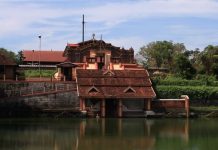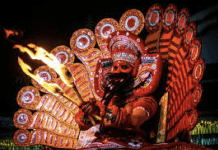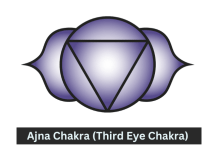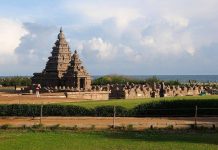Usually, we all have seen Ganesha with an elephant face. But, there is a special temple here. Ganesha in this temple has a face like a normal human. What is that Ganesha temple..? Where is that man-like Ganesha temple now?
Ganesha is always worshipped as “Gajamukha”. But there is a unique temple in Tamil Nadu where Ganesha is worshipped with a human face (Nara Mukha Vinayaka).
This unique temple is located in Muktiswarar Temple near Thilatarpana Puri in Tamil Nadu. It is known as Adi Vinayaka Temple. This divine form of Adi Vinayaka is also known as ‘Nara Mukha’ Vinayaka due to his human face. This is the divine form of Lord Ganesha and this form of Lord Ganesha is worshipped here.
Legend:
Legend has it that Lord Rama was trying to perform the last rites for his father King Dasharatha. But every time he prayed, the four rice balls (called pinda) that he placed in front of him turned into worms. Frustrated by this, Rama prayed to Lord Shiva. Shiva advised Rama to go to Mantharavana (the earlier name of this place) and offer prayers there. Lord Rama visited this temple and performed Shiva Puja for the salvation of his father Dasharatha’s soul, to his surprise the four pindas became four lingas. These lingams are enshrined in the Muktiswarar temple near the Adi Vinayaka temple here.
Even today devotees visit this temple and offer prayers to get rid of ‘Pitra Dosha’. The name Tilatarpanapuri is derived from two words “Tila” and “Tarpan”.
about Adi Vinayaka Temple:
The temple’s majestic five-foot tall presiding deity – Nandrudayana Vinayaka is adorned with a nagabharana around his waist. At the east entrance of the temple is Naganandhi. We all know that Nandi is usually associated only with Shiva temples. But Nandi’s idol can also be seen in Navi Ganesha Temple.
The magnificently carved granite Ganesha idol is truly impressive. He holds an axe in his hand, symbolizing the destruction of all one’s desires. The rope in this idol is an indication of saving a person from adversity. Modaka, dear to Ganesha, here represents the blissful reward of spiritual life while the lotus symbolizes the attainment of the highest state of self-realization. Ganesha’s large stomach indicates that he has the power to digest whatever food is dear to man. A mouse sitting in front of Ganesha says that a human being like him should gain control over all desires.
One can also see idols of Adi Shankara, Rishi Vedavyasa, Gayatri Devi, Sadashiva Brahmendra and Santapattinath inside this small shrine. Special pujas are performed to Adi Vinayaka on Thursdays in this temple. Almost all prominent musicians have participated in the annual music festival held here for the past 83 years.
significance:
According to Hindu scriptures, there are 7 places to perform this tarpana ritual – Kashi, Rameswaram, Srivanchiam, Thiruvenkadu, Gaya, Triveni Sangamam and Thilatarpanapuri. This place is considered equivalent to Kashi or Rameswaram. It is considered special to perform tarpan here on the day of Amavasya. This is an open field. Adi Vinayaka’s shrine is located outside the main temple.
The story of Lord Shiva’s beheading of Narmukha Vinayaka, who was created by Parvati and then having the head of an elephant, is famous. A lesser-known fact is that Lord Shiva instructed his army to fetch the heads of those sleeping with their heads facing north. They found this elephant sleeping with its head towards the north. Then the head of the elephant was brought and given to Ganesha, Shiva named the boy Ganapati – meaning the commander of his army and gave a boon that everyone should worship Ganapati before starting any work.
Beliefs:
Devotees believe that Maha Guru Agastya himself worships Adi Vinayaka here on every “Sankatahara Chaturthi” day. It is also believed that worshipping Ganesha here will bring peace to family relationships and with the blessings of Vinayaka, children’s memory will improve. You too can avail the grace of Lord Ganesha by visiting this temple and getting a glimpse of Lord Ganesha’s unique form.





















































